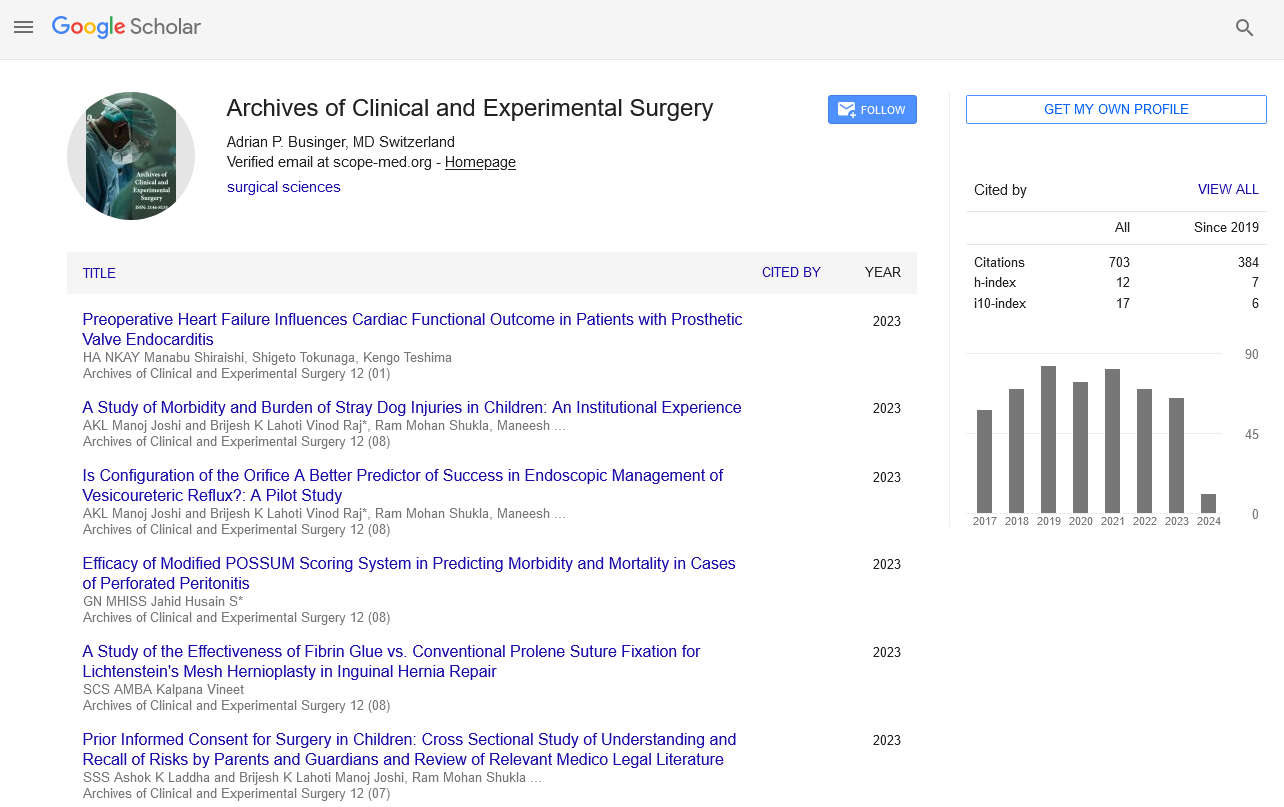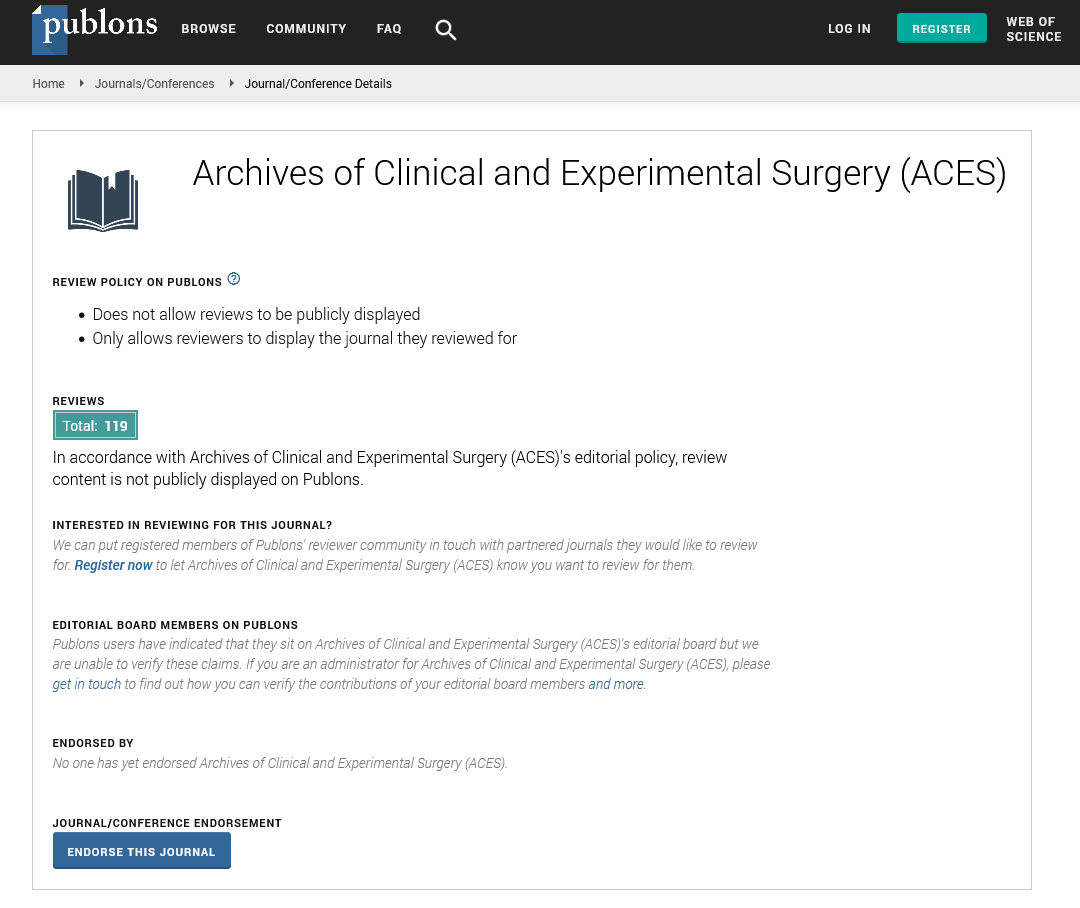Colonic atresia and Hirschsprung’s disease Concurrence-A Myth or A Reality
Abstract
Maneesh Kumar Joleya*, Ashok Laddha, Vinod Raj, Pooja Tiwari, Shashi Shankar Sharma, Ram Mohan Shukla, Brijesh Lahoti and Manoj Joshi
Background/Purpose: Colonic Atresia (CA) is a rare cause of bowel obstruction in neonates. The present study was designed to discuss surgical management of this rare entity with special emphasis on its association with Hirschsprung’s Disease (HD) which is often missed.
Methods: All cases of CA who presented to our centre from 1st January 2017 to 31st December 2021 were retrospectively reviewed and data was collected regarding type of atresia, surgical management done, outcome, whether histopathology was done and association with HD.
Results: The study reviewed 7 new-borns with CA treated in our centre (5 cases of type III, 2 cases of type II) with 1 having associated Anorectal Malformation (ARM). All the cases were diagnosed based on intraoperative finding and initial surgical management was done by performing a proximal stoma and distal mucous fistula and sending a biopsy above the peritoneal reflection to rule out HD. One case had anastomotic leak after stoma closure and diagnosed with HD on colonic biopsy after the leak. Two out of seven patients (28.6%) had associated HD which is quiet a big number to emphasis on making colostomy and taking biopsy as primary surgery rather than doing primary anastomosis in cases of CA.
Conclusions: Due to the rarity of colonic atresia its diagnosis and management may be challenging. Association of HD with CA is usually picked up after failure of primary anastomosis leading to high morbidity and mortality. Thus, staged surgery by making a diversion colostomy primarily and then definitive procedure after ruling out Hirschsprung’s disease should be the preferred option in centers without facilities of frozen section biopsy.
HTML PDF






